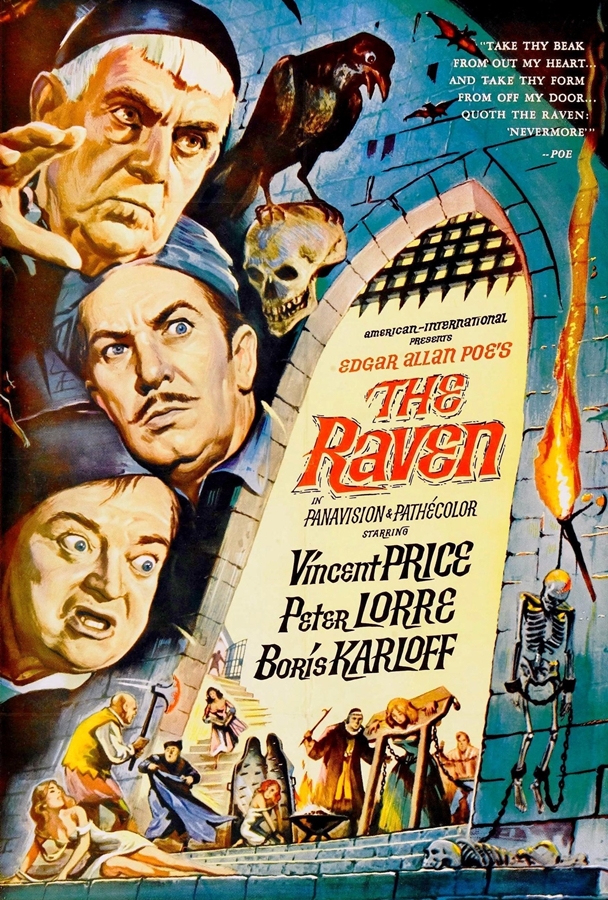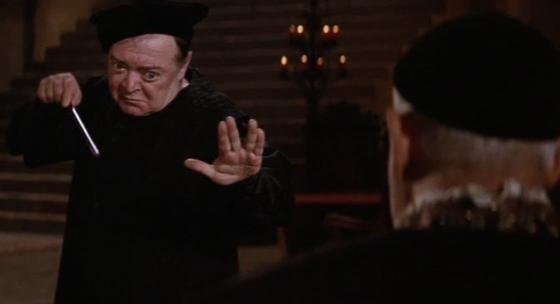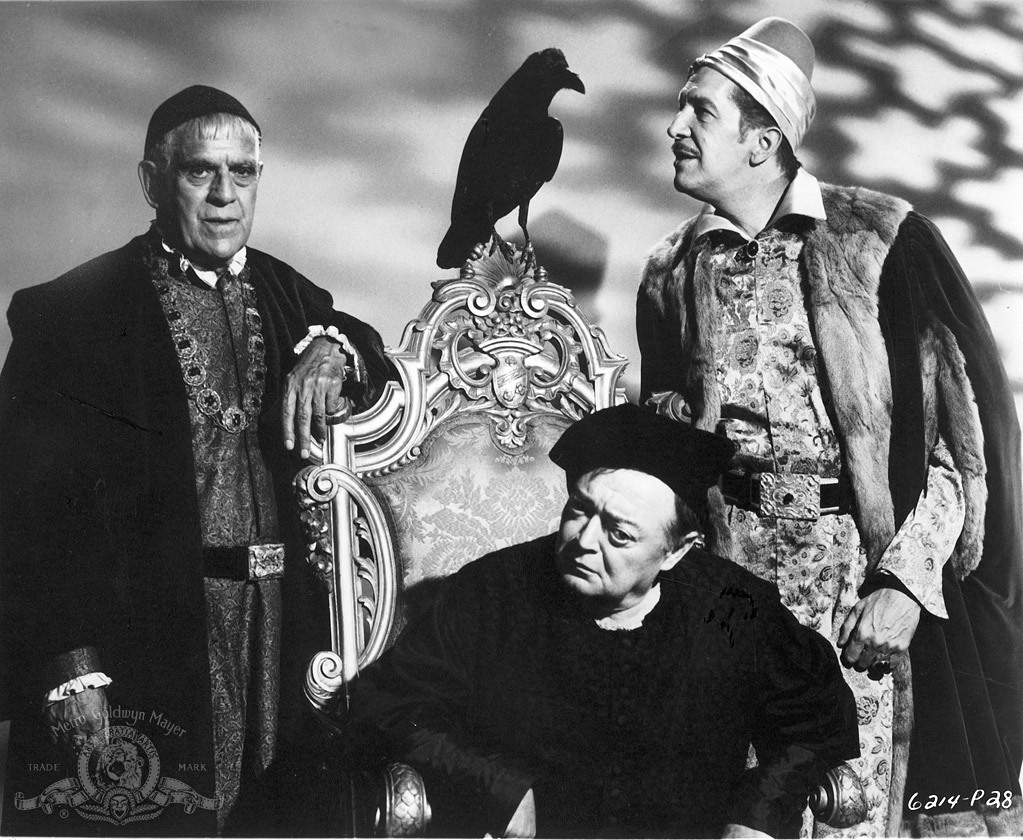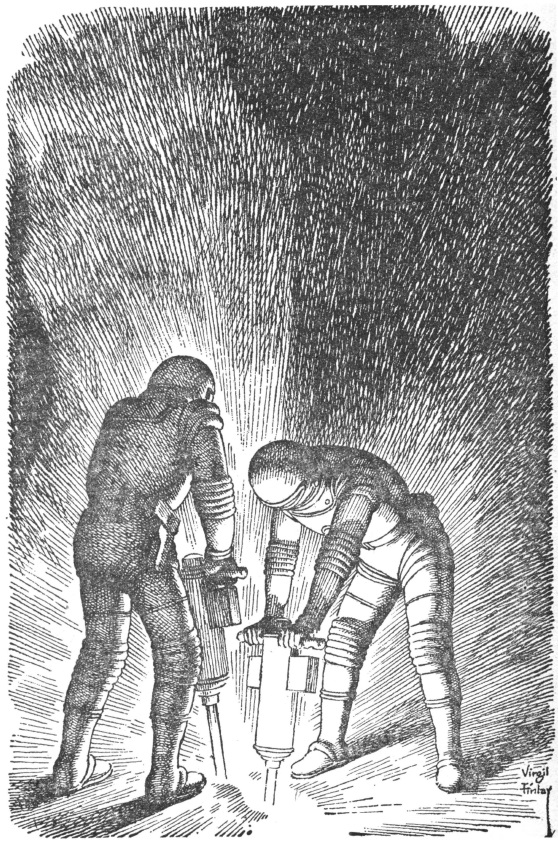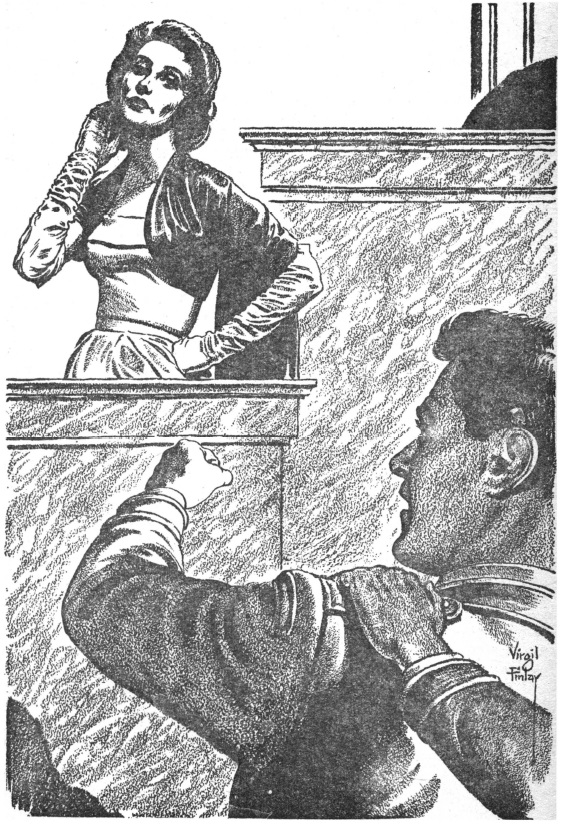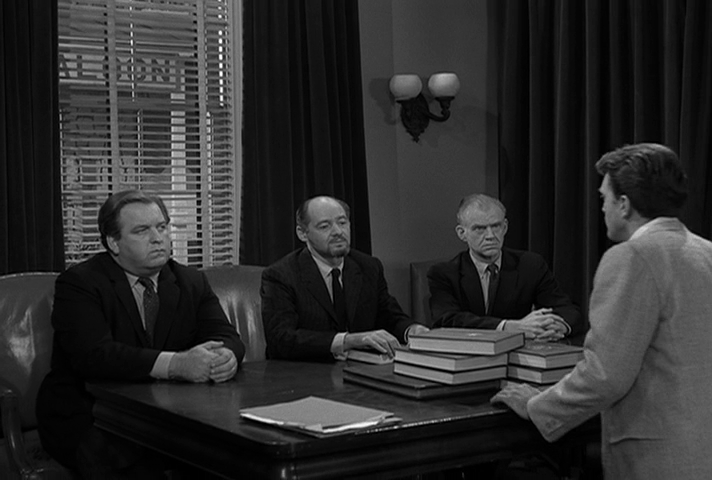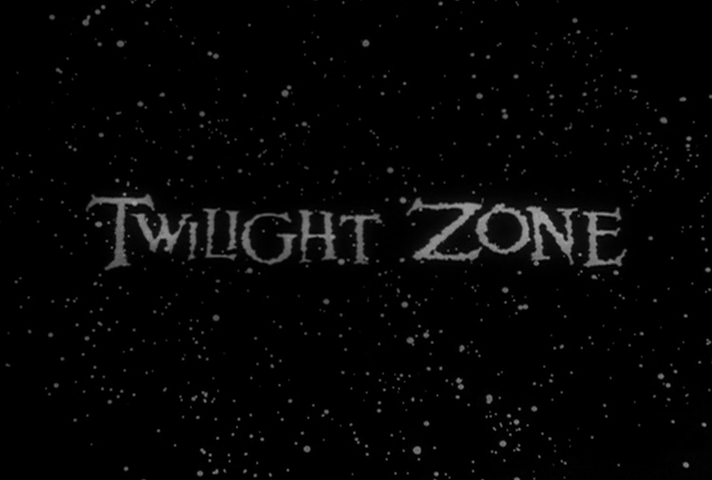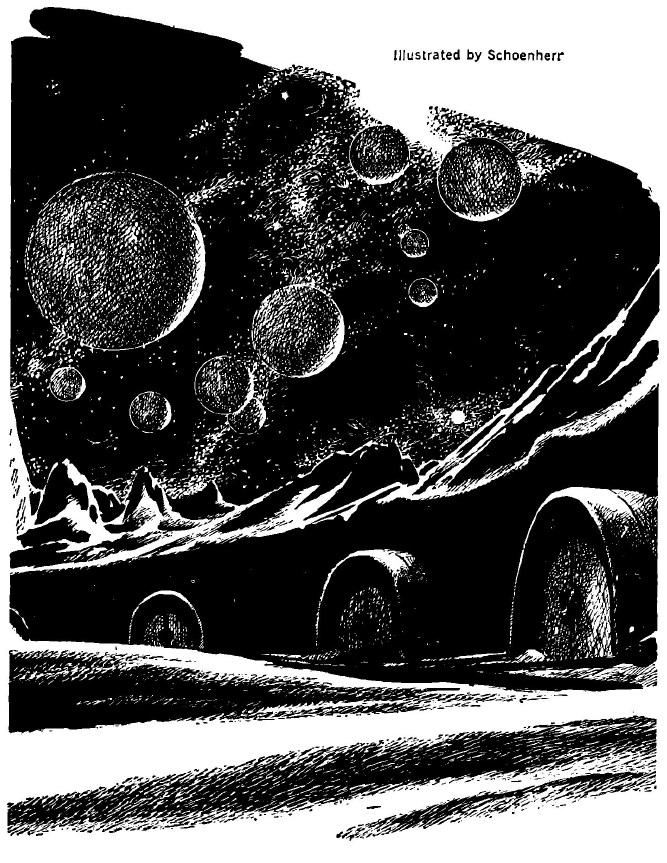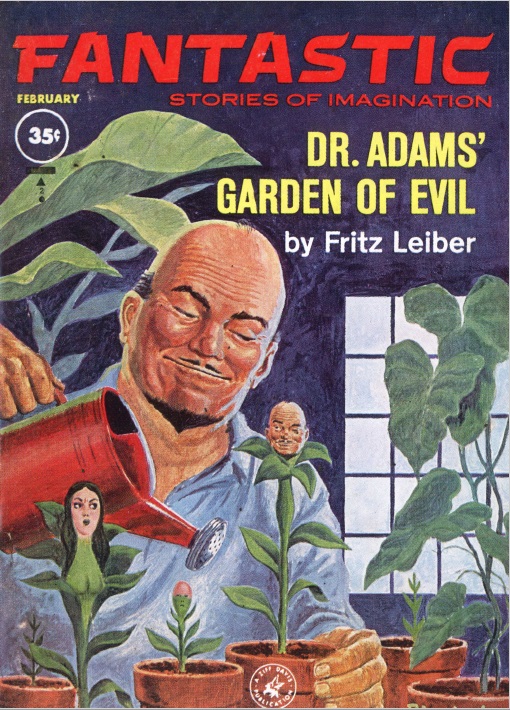[While you're reading this article, why not tune in to KGJ, Radio Galactic Journey, playing all the current hits: pop, rock, soul, folk, jazz, country — it's real now, man…]

by Gideon Marcus
If you've been reading the papers this week, you've no doubt been avidly following the improbable trip of the Anzoategui. This Venezuelan freighter was hijacked by Communist dissidents who wanted to embarrass Venezuelan prime minister Betancourt such that he wouldn't visit the United States. Several navies chased the purloined vessel as it steamed 'round the eastern hump of South America, ultimately finding sanctuary in Brazil.

The editorial helm of F&SF was recently taken over by Avram Davidson, and like the poor freighter, the magazine has been a captive to its new master and his whims. Quality has declined steeply, and were it not for Asimov's article and the excellent tale at the end, this issue would barely be fit to warm a stove.
But, those two pieces are the saving grace of the March 1963 Fantasy and Science Fiction…
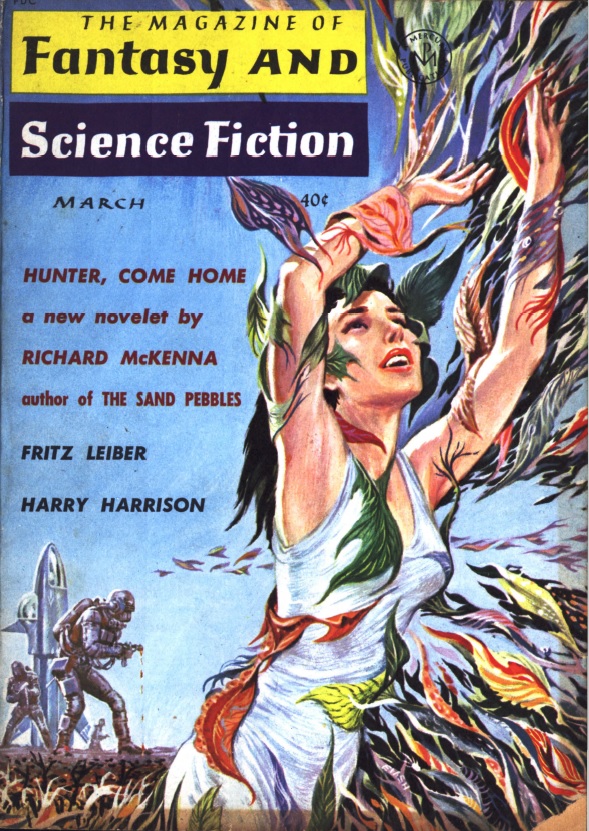
Seven Day's Wonder, by Edward Wellen
This un-shocking tale of an electric New Testament missionary will fail to galvanize you, either with its ponderous pace or its puny puns. Honestly, this is the sort of thing Avram Davidson (now F&SF's editor) used to make work. Sadly neither Wellen nor Davidson are Davidson anymore. Two stars.
The Day After Saturation, by D. K. Findlay
If overpopulation compel us to settle the seas, is de-evolution toward our aquatic ancestry the next inevitable phase? Probably not, and this, Findlay's first work, is overwrought. Two stars.
The Sky of Space, by Karen Anderson
Not a bad poem on the changing understanding but unchanging characteristics of outer space. Three stars.

The Question, by Donald E. Westlake and Laurence M. Janifer
Hot enough for you? Be careful what you take for granted. It might just disappear. Three stars.
The Importance of Being Important, by Calvin Demmon
Second in a matched pair on solipsism (also from a new author), it explores the perfect life of a fellow whose existence is merely another's convenience. Pointless. Two stars.
The Journey of Ten Thousand Miles, by Will Mohler
It's the end of the world, and Tyson St. J Tyson III desperately wants to leave his tomb of a house and go on a sea cruise — only the sea isn't there anymore. Three pages of a story inflated five-fold to no one's profit. One star.
Captain Honario Harpplayer, R.N., by Harry Harrison
Overblown, unfunny pastiche of C. S. Foreseter's work. I've often said that I have trouble distinguishing Harrison and Laumer, but Laumer is funnier when he tries. 1 star.
Game for Motel Room, by Fritz Leiber
When a three-brained, too-silky centenarian beauty with a homicidal husband comes a flirtin', best you send her packing sooner rather than later. Decently written, but disturbing and kind of dumb. Two stars.

You, Too, Can Speak Gaelic, by Isaac Asimov
I love pieces on etymology, and the Good Doctor does a fine job of explaining the (not) Celtic roots of para-dimethylaminobenzaldehyde. Four stars.
Zack With His Scar, by Sydney Van Scyoc
When the world of the future is perfect, the only imperfect thing…is you. And the only therapy is being saddled with someone worse. I don't know that I liked this story, but I found it interesting. Three stars.
Hunter, Come Home, by Richard McKenna
I put off reading the final novelette for days, given how lackluster the rest of the issue had been. But this story makes up for them all. It's sort of a cross between Deathworld and Hothouse — a planet with a single, planet-spanning and omnivariate lifeform is under attack by a group of rapacious colonists bent on scouring the native biome and replacing it with terrestrial plants and animals. The rationale of the invaders is plausible (if distasteful), the depiction of the native life is profound, and the characterization is superb. Five stars.

And there you have it. Mediocrity and downright lousiness followed by a burst of talent. Let's hope Asimov and McKenna don't disembark at Brazil, never to be seen again…
[P.S. If you registered for WorldCon this year, please consider nominating Galactic Journey for the "Best Fanzine" Hugo. Your ballot should have arrived by now…]



